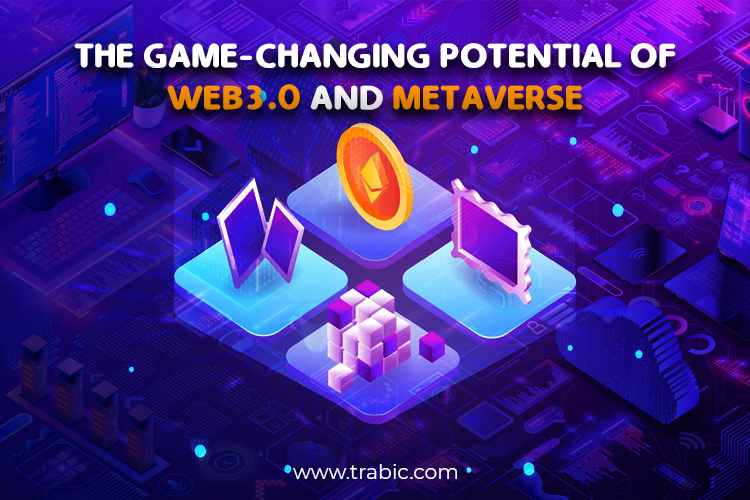You have probably heard the terms “Web3.0” and “Metaverse” thrown around, but they are the same. The internet is constantly evolving. Today’s version is so different from the slow, text-dominated version that everyone thought was the bomb in the 1990s, and tomorrow’s internet will be a beast of its own. If you have followed any predictions about what the future internet will look like and how it will work.
Web3 Overview
As we know, need is the mother of invention. The concept of Web3 or Web 3.0 solves some problems. The Web 3.0 revolution will use decentralized protocols such as blockchain, a technology to facilitate cryptocurrency transactions. By addressing critical data ownership and control issues, we seek to talk about some of the major setbacks and weaknesses of the current Internet age.
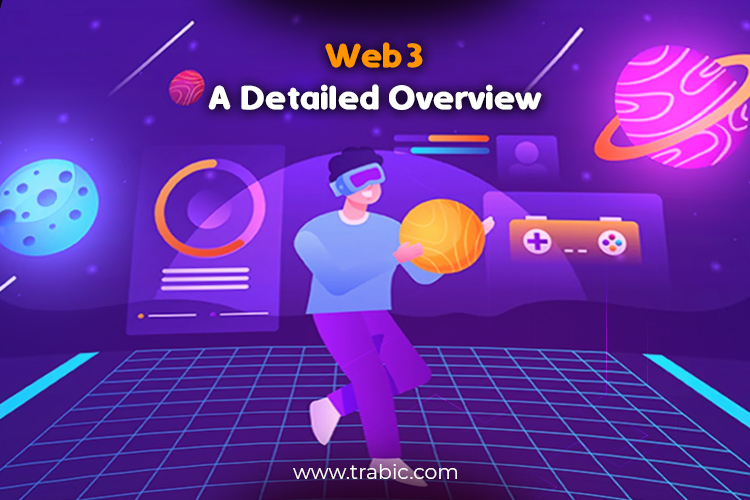
Today, a large portion of the world’s population relies heavily on Internet-related services from large technology companies. Unlike Google, Apple, and Amazon, these companies determine what services users can use and act as intermediaries between users and their desires. However, Web3 works on a distributed network and does not demand permission. In other words, Internet providers cannot impose their will on the users of their services. Nor does it act as an intermediary between users and their needs.
Core components of Web3
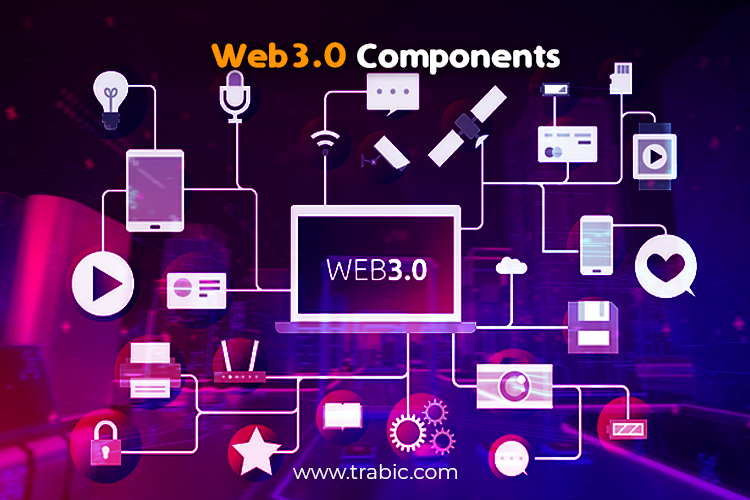
Blockchain network
Blockchain technology is one of the critical features of Web3. Decentralization is at the heart of web3, built on blockchain technology. Blockchain technology allows data to be decentralized, open and distributed. Therefore, users own their data and can trade it freely without worrying about loss of ownership, privacy, or reliance on intermediaries. Plus, you can log in securely without anyone tracking you. Also, using blockchain-based tokens and cryptocurrencies in Web3 is an essential aspect of the potential Internet age. Above all, users can monetize transparently and be rewarded for contributing to the platform’s growth by contributing to their upgrades online.
Artificial intelligence
Artificial intelligence advancements have resulted in valuable predictions and sometimes even life-saving actions. Even though Web 2.0 has taken AI’s share, AI is still predominantly human-driven as long as prominent tech companies regulate the bulk of internet traffic. Therefore, it is inevitable that corrupt practices such as biased product reviews, fraudulent ratings of some Internet services, and human error will continue to exist. Customers can leave feedback on most Internet review services. It is a pity that companies sometimes hire large groups to write reviews of great products and services.
Conversely, people can be rewarded by downgrading an app or service or writing a negative review. Reducing the occurrence of such manipulations is the goal of Web 3.0. Artificial intelligence is a crucial component of the internet as it helps distinguish between legitimate and fraudulent actions, thereby providing users with more accurate information.
AR and VR
In the Metaverse, users work, learn, play, have fun, and play games with other people. It is based on various technologies but primarily based on augmented reality (AR) and virtual reality (VR). The company’s blockchain project utilizes fungible (dividable and exchangeable) tokens to purchase the world’s digital assets, such as virtual lands and avatar outfits. The Metaverse is still premature and has yet to evolve fully. Internet users and technologists see a tremendous prospect in this technology even at that level.
- Metaverse technology is the core functionality of his Web3, built using blockchain systems and open standards and run by a network of computers worldwide rather than a single entity.
- Three technologies are used to build some Web3 applications: augmented reality, virtual reality, and holographic projection.
- Non-fungible tokens (NFTs) will be used to facilitate virtual reality transactions.
- Traditional gatekeepers cannot restrict access to the Metaverse.
What are the main features of Web3?
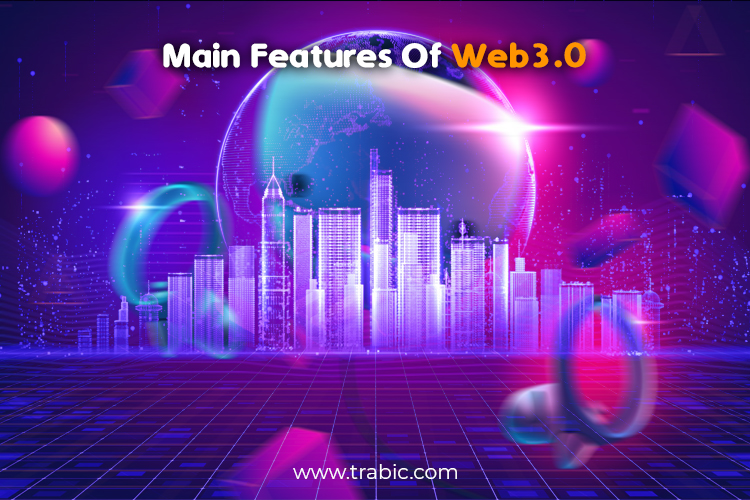
Self-managing, stateful, robust, and with native built-in payment capabilities, Web3 is self-managing. It exhibits the following characteristics –
Distributed
Web3 data is stored on the blockchain so that no one system can access it. Distributed across multiple platforms. This makes distributed access more accessible and more likely to fail.
Unauthorized
Users can access the Internet with Web3 without demanding individual permissions. Users are not required to disclose personal information to access certain services. You do not have to invade your privacy or share any other information.
Safety
Web 3.0 is more secure and specific, Unlike Web 2.0. This is because decentralization makes it more difficult for hackers to target particular databases.
What is Web3 used for?
A decentralized application running on the blockchain is called Web3 in the context of Ethereum. Merging these apps is complimentary, and your data is not monetized. As part of this next-generation internet, we use blockchain technology and cryptocurrencies to facilitate decentralization. Web 3.0 platforms are designed to give users access to their data.
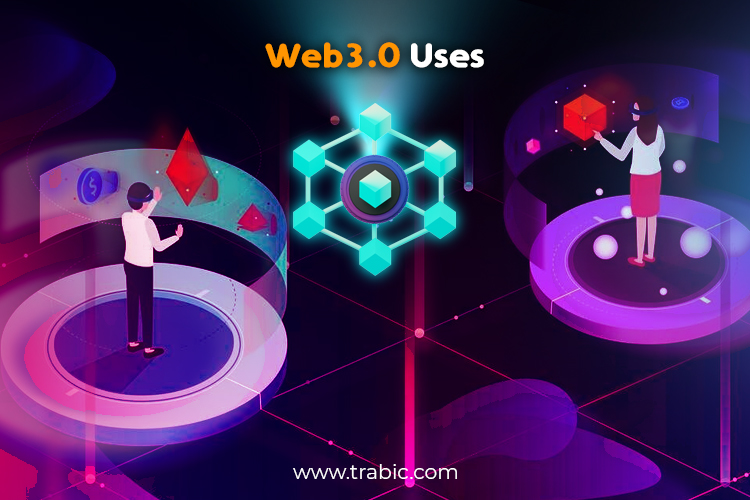
As a result, people will be able to benefit each other and control the aspects of the internet they use without relying on big tech companies. The world’s largest cryptocurrency, Bitcoin, is a perfect example of decentralized transactions. Another example of Web3 is Apple Siri. Since the 4s model of Siri, AI assistants have offered even more expanded capabilities. Siri is a complicated, personalized platform that utilizes voice recognition and AI technology. Opensea is a blockchain-based marketplace for buying and selling NFTs. The tech giant Google Cloud has announced that it will power Web3 into its cloud system.
What is the Metaverse?
Metaverse is his network of 3D virtual worlds focused on social connections. If we take a reference to futurism, science fiction is often defined as a virtual iteration of the internet as a universal virtual world enabled by augmented & virtual reality headsets. Metaverse is generally a portmanteau of “meta” and “universe” that first emerged in his 1992 science fiction novel Snow Crash.
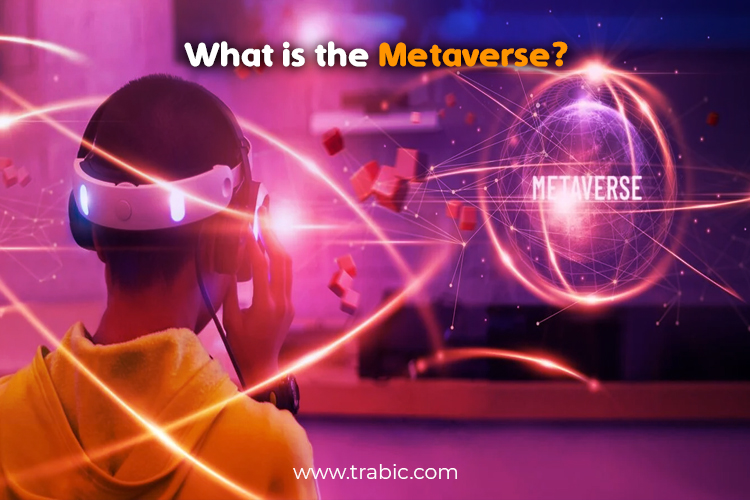
The evolution of virtual world platforms like Second Life has led to diverse metaverses for general use. Integrating virtual and physical spaces and the virtual economy is one aspect of his several Metaverse iterations. To enhance immersion, virtual reality technology is often associated with metaverse development. As a term used for publicity objectives, it has magnified the advancement of diverse technologies and tasks. Privacy, addiction, and safety are concerns within the Metaverse as the social media and video game industries face challenges.
Applications of the Metaverse
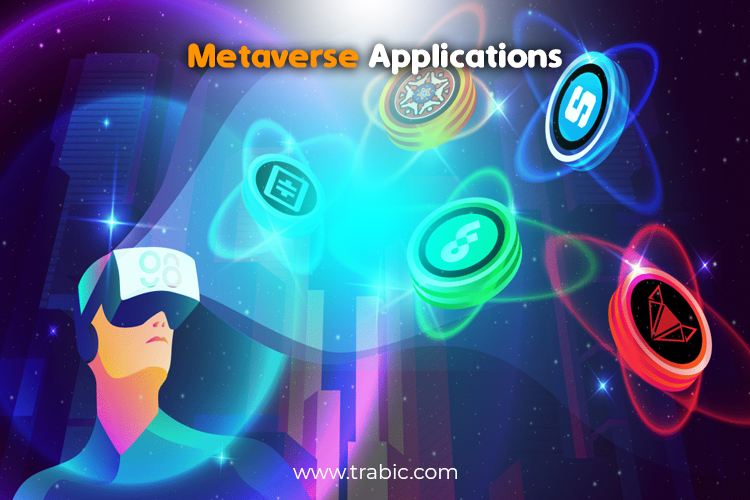
Virtual Reality
- 2019 saw the debut of Facebook Horizon, a social VR world.
- Facebook Chairman Mark Zuckerberg has announced that the company will develop the Metaverse in 2021.
- Meta Platforms have proclaimed various virtual reality technologies that have yet to be designed.
- In 2017, Microsoft developed its VR company, AltspaceVR.
- Microsoft has built-in Metaverse functionality in complement to utilizing virtual avatars and virtual reality meetings.
- Metaverse technology is implemented in e-commerce, real estate, e-learning environments, sophisticated work products, and fashion.
Video game
- Metaverse technology has been integrated into modern Internet-enabled video games for some time.
- Second Life incorporates various social media elements into his three-dimensional world, where an avatar represents the user.
- Social features play an integral role in many massively multiplayer online games.
- Minecraft’s social gameplay represents a revolutionary analogy for the Metaverse.
Hardware technology
- Added Augmented Reality (AR), Virtual Reality (VR), Mixed Reality (MR), and Virtual Worlds to the list.
- The demand for VR technology has restricted the development and mass approval of the Metaverse.
- Smartphones and general-purpose PCs are gateways to the Metaverse.
- Mobility and high-quality graphics have been hindered by limited mobile hardware and the necessity to balance price and configuration.
- The development of lightweight wireless headsets has increased the demand for pixel density on Retina displays.
- Hardware development focuses on improving immersion through VR headset limits, sensors, and haptic technology.
Software technology
- Uniform technical requirements for metaverse applications are only sometimes accepted.
- Most applications today use proprietary technology.
- Interoperability is a significant concern in metaverse development.
- Virtual environments are standardized in many projects.
- The Metaverse is a multidimensional internet populated by living people.
- According to NVIDIA, the company’s Metaverse development tools will be accepted in US dollars starting in 2021.
- Virtual and augmented reality planning and engagement can be done using the OpenXR open standard.
Endorsed by Microsoft and Valve for HoloLens 2, Oculus Quest’s meta platform, and SteamVR.
Difference between Web3 and Metaverse
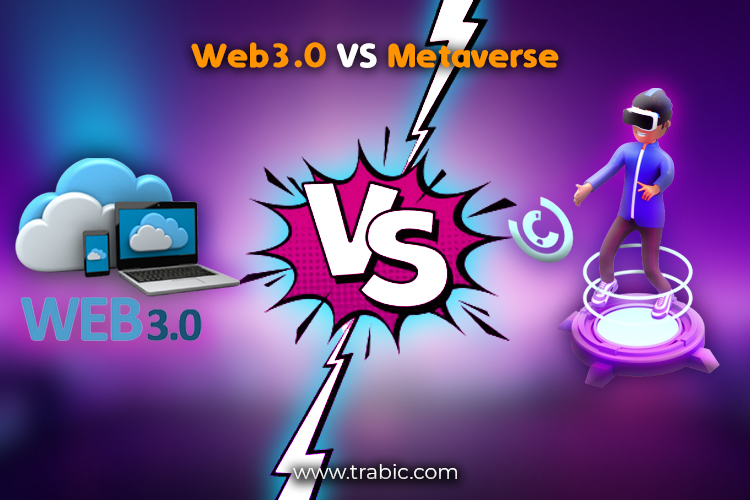
Purpose
Significant advancement of web2, web3 is the next generation of technology that requires a democratic and decentralized internet environment. Individual users can be owners or shareholders rather than tech giants. web3 does not demand users to be authorized or track any set regulations. The Metaverse system desires to designate a 3D world or virtual reality for the user.
Application
Recall that Web 3.0 is a process engine that takes advantage of blockchain advancements. The Metaverse is a new dimension that includes health, games, movies, concerts, entertainment, social platforms, education, and virtual training technology that utilizes advances in Web 3.0 technology to reach your goals.
Fundamental difference
The Metaverse has several key technologies that help run the entire ecosystem. Connectivity, interfaces, decentralization, the creator economy, and advanced technology are all needed to build the Metaverse. Web 3.0 is to construct a decentralized web base based solely on the blockchain. Users can connect to online services using a blockchain managed by decentralized peer-to-peer networks.
Metaverse and Web3 portraits
Of course, the vital point of comparison is the portrait of Web 3.0 and the Metaverse. The Metaverse is a 3D world where you can interact with 3D friends, things, and locations. For instance, you can play games with your mates from the creator’s land. Web3 permits users to cultivate, own, sell and buy their content. Additionally, users can charge their creations.
Recognition of different methods
Whereas Web 3.0 is primarily concerned with who will rule (technical giants or individuals) and will rule the internet in the future, the Metaverse is concerned with how users interact. Many people now use computers, smartphones, and tablets to navigate their websites or access app.
Proponents of the Metaverse believe virtual reality (VR) technology will be used to enter the internet tomorrow, moving between virtual realms as digital avatars. By leveraging the blockchain system for both, the information is possessed, unrestricted, well-distributed, and collectively held by the peer-to-peer network. However, it is different when the business can be conducted through it. VR helps contributors own their data.
Basic technology
Let us create a set of underlying technologies behind the web3 process. Blockchain, decentralized autonomous organizations, cryptocurrencies. This crypto has emerged as the world’s first decentralized step towards web3. Metaverse, on the other hand, is built on NFT, human interface, 5g, edge computing, creator economy, augmented reality, multitasking UI, wifi 6g (nascent stage).
Ownership dispute
The purpose of web3 is to keep the internet under public control and away from the monopoly of big technology companies. The most triumphant example is the Bitcoin market in the cryptocurrency world. Conversely, tech mammoths have started reforming or are looking to acquire metaverse corporations to rule this world. However, experts believe that public internet control will make it difficult for corporations to own the meta world.
How will Web 3.0 and the Metaverse connect?
The Metaverse and Web 3.0 are not the same, but neither are they competing for versions of the future internet. Either, both, or neither may occur, and there may be an overlap. For example, digital artists can make money by creating outfits for avatars to wear in the Metaverse and auctioning them with NFTs. This gives the purchaser exclusive ownership of the costume. The Metaverse could change how we work, socialize, and even online. It could be Web 3.0, experienced the same way the internet is today through computers and smartphones rather than through VR headsets.
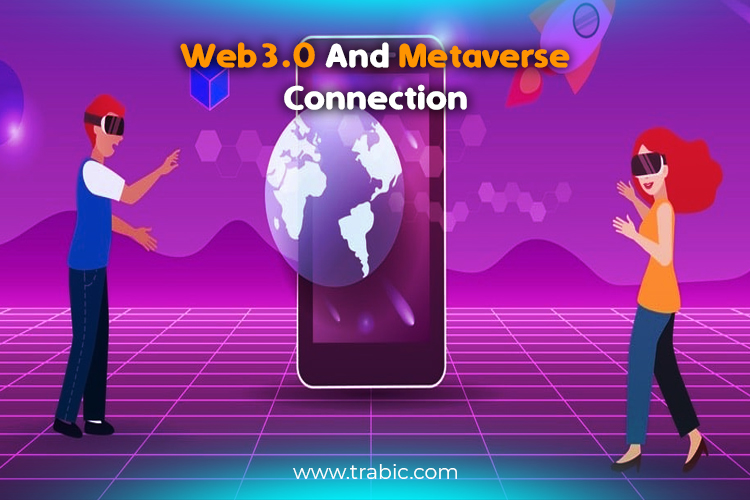
That is especially likely if the tech industry needs help to overcome current hardware limitations. Intel recently predicted that computers would need to be 1,000 times more efficient to support the Metaverse. Web 3.0 will be experienced on computers and smartphones in the same way that the internet is today. When the Metaverse comes to fruition, it can be centralized (like Web 2.0), decentralized (like Web 3.0), or a mix of both.
The kind of centralized company that Web 3.0 is trying to undermine changed its name to “meta” to signal its intent to build and monetize the Metaverse. However, metaverses like Decentraland are all built and owned by users. Assets sold on the Metaverse may be created by digital artists who provide a way for new internet experiences to make some money ultimately, or Nike or Gucci, who see the Metaverse as another revenue stream. It may also be created by a large company such as
The future of Web3.0 and the Metaverse
We have discussed various definitions of Web 3.0 and the Metaverse, but here comes an important question. How will Web 3.0 and the Metaverse complement each other in the future? It would be immaculate to have a proper and decentralized metaverse where no single commodity handles user data and assets. However, most nascent Metaverse currently appears to be owned by various service providers.
With Facebook renaming itself to “Meta” and hiring 10,000 people to work on the development of the Metaverse, some people wonder why Facebook distances itself from data security and user privacy scandals. He argued that it was just a ruse. On a more positive note, Facebook’s entry into the Metaverse will bring an influx of capital ($50 million) and talent (10,000 new jobs) to build the metaverse infrastructure and bring metaverse ideas to mainstream consciousness.
However, companies like Facebook are centralized identity providers. This means that digital identities and content created by users on the platform are stored on centralized servers over which users have no control. In short, these companies are simultaneously technology providers, decision-makers, and data owners. As we have witnessed over the past few years, these tech companies often require adequate control over their users’ interests and data. It is essential to prioritize the implementation of decentralization and user ownership, which can be gained via the set of laws and policies provided by Web 3.0.
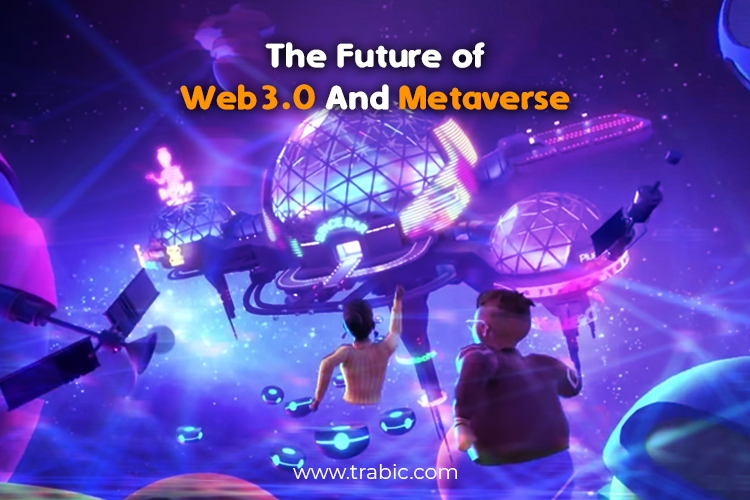
Both Web 3.0 and Metaverse technologies fully support each other. Although the Metaverse is a digital space, Web 3.0 favors a decentralized web, but it could serve as the foundation for connectivity in the Metaverse. Meanwhile, the Metaverse Creator Economy can successfully complement the Web 3.0 vision by developing a whole new world of finance through decentralized solutions.
As we move forward to a decentralized Web 3.0, we must regard what kind of internet we want to highlight in the Metaverse. Since the Metaverse is all about the fusion of the virtual and physical worlds, we will have an interoperable open-source public chain so that different virtual worlds can link, move assets between each other, and overwhelm each other. Being able to wrap is very important.
Web 3.0 has taken shape nicely with the recent exponential growth of NFTs, P2E games, and DAOs. However, the full development of the Metaverse and the technology to devise the Metaverse still have an extensive way to go, and there is still an abundance of room to evolve. Experience a fully immersive experience. The Web 3.0 metaverse will bring the reality of the new open and decentralized world into the virtual world.
